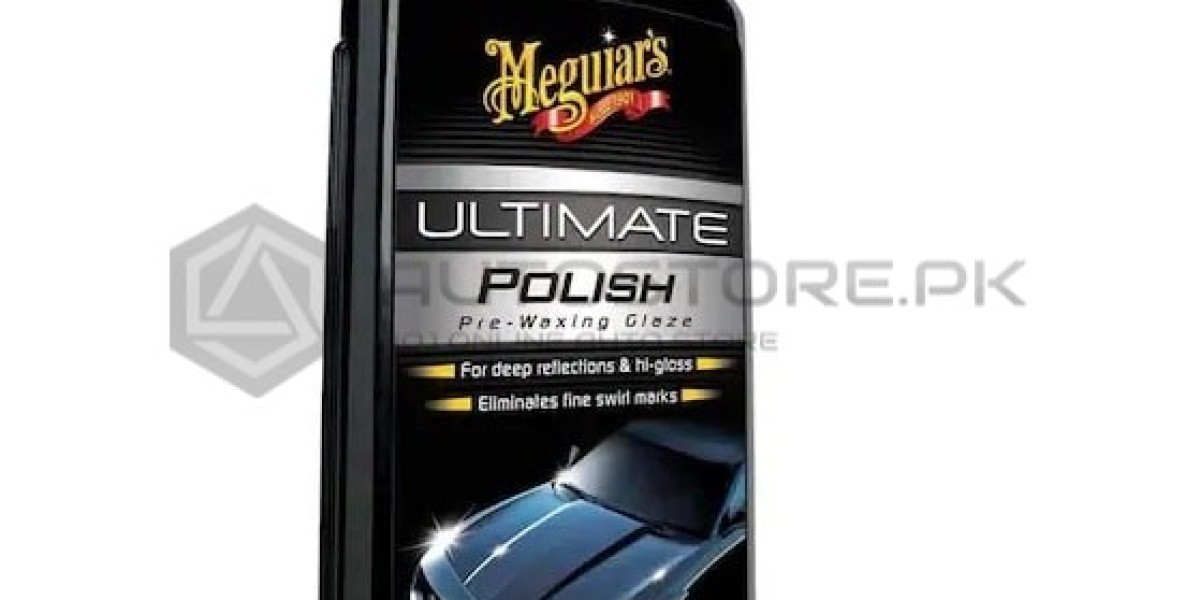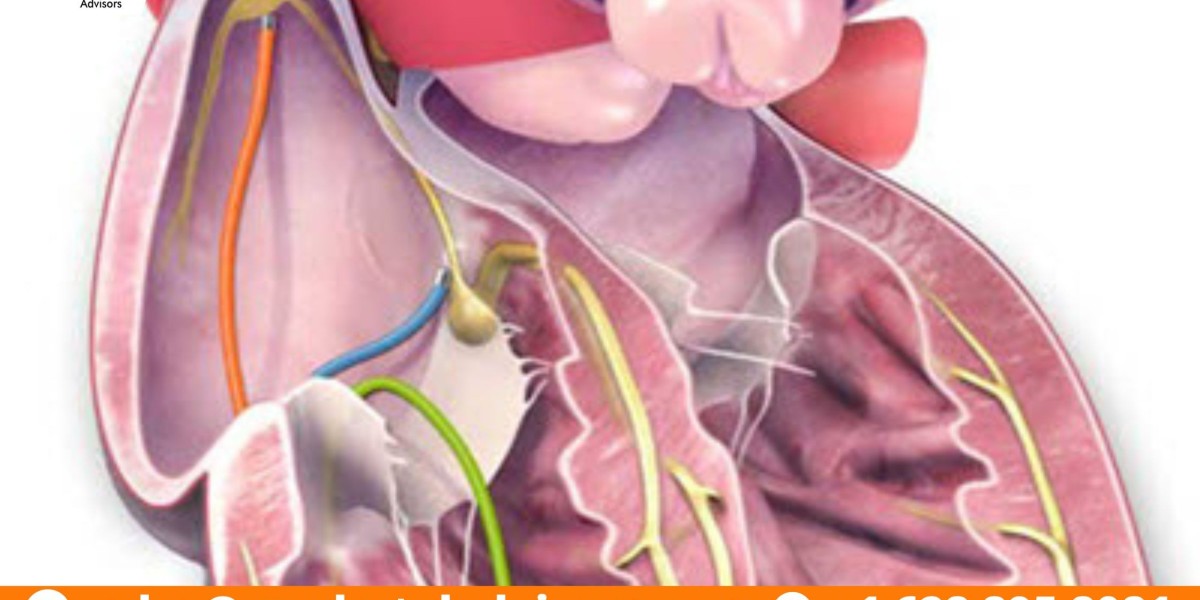Your car is not just a mode of transportation; it's a reflection of your personality and style. Over time, however, the wear and tear of everyday use can take a toll on its appearance. If you're looking to restore that showroom shine and transform your car's aesthetic, compound polishing is the key. In this comprehensive guide, we'll walk you through the art and science of compound polishing, helping you achieve that ultimate, head-turning finish.
Understanding Compound Polishing:
What is Compound Polishing?
Compound polishing is a process that involves the use of abrasive compounds to remove imperfections and restore the luster of a car's paint. It's a crucial step in automotive detailing, particularly for addressing issues like scratches, swirl marks, and oxidation.
When is Compound Polishing Necessary?
- Scratches and Swirl Marks: If your car's surface is marred by scratches or swirl marks, compound polishing can effectively eliminate these imperfections.
- Oxidation: Over time, exposure to the elements can cause oxidation, making your car's paint appear dull and faded. Compound polishing can rejuvenate the paint and bring back its original vibrancy.
- Water Spots and Stains: Stubborn water spots and stains can be removed through compound polishing, giving your car a cleaner, more polished look.
The Step-by-Step Process:
1. Gather Your Materials:
Before you begin, ensure you have all the necessary materials, including a high-quality compound polish, applicator pads, a polishing machine, and microfiber towels.
2. Wash and Dry Your Car:
Start with a thorough car wash to remove dirt and debris. Ensure the car is completely dry before proceeding to the next step.
3. Test in an Inconspicuous Area:
Before applying the compound polish to the entire car, test it in a small, inconspicuous area to ensure compatibility and avoid any potential damage.
4. Apply the Compound Polish:
Apply a small amount of compound polish to the applicator pad or directly onto the surface. Work in small sections, using moderate pressure.
5. Use a Polishing Machine:
For larger surfaces, a polishing machine can help distribute the compound evenly and reduce the effort required. Move the machine in overlapping motions for uniform coverage.
6. Wipe Away Residue:
After polishing each section, use a clean microfiber towel to wipe away any residue. Inspect the area to ensure that scratches and imperfections have been adequately addressed.
7. Repeat as Needed:
Depending on the severity of imperfections, you may need to repeat the process to achieve the desired results. Be patient and thorough in your approach.
Tips and Tricks:
- Choose the Right Compound Polish: Different compounds cater to varying levels of imperfections. Select a compound polish that suits your car's needs.
- Use Proper Technique: Apply even pressure and avoid excessive force. Let the abrasive compounds do the work.
- Protect Your Car After Polishing: Consider applying a quality wax or sealant to protect your car's newly polished surface and maintain the shine for an extended period.
Conclusion:
Transforming your car's appearance through compound polishing is a rewarding process that requires time, effort, and attention to detail. By following this ultimate guide, you can breathe new life into your vehicle, turning heads and restoring that showroom-worthy shine. Take pride in your ride, and let the transformation begin!








